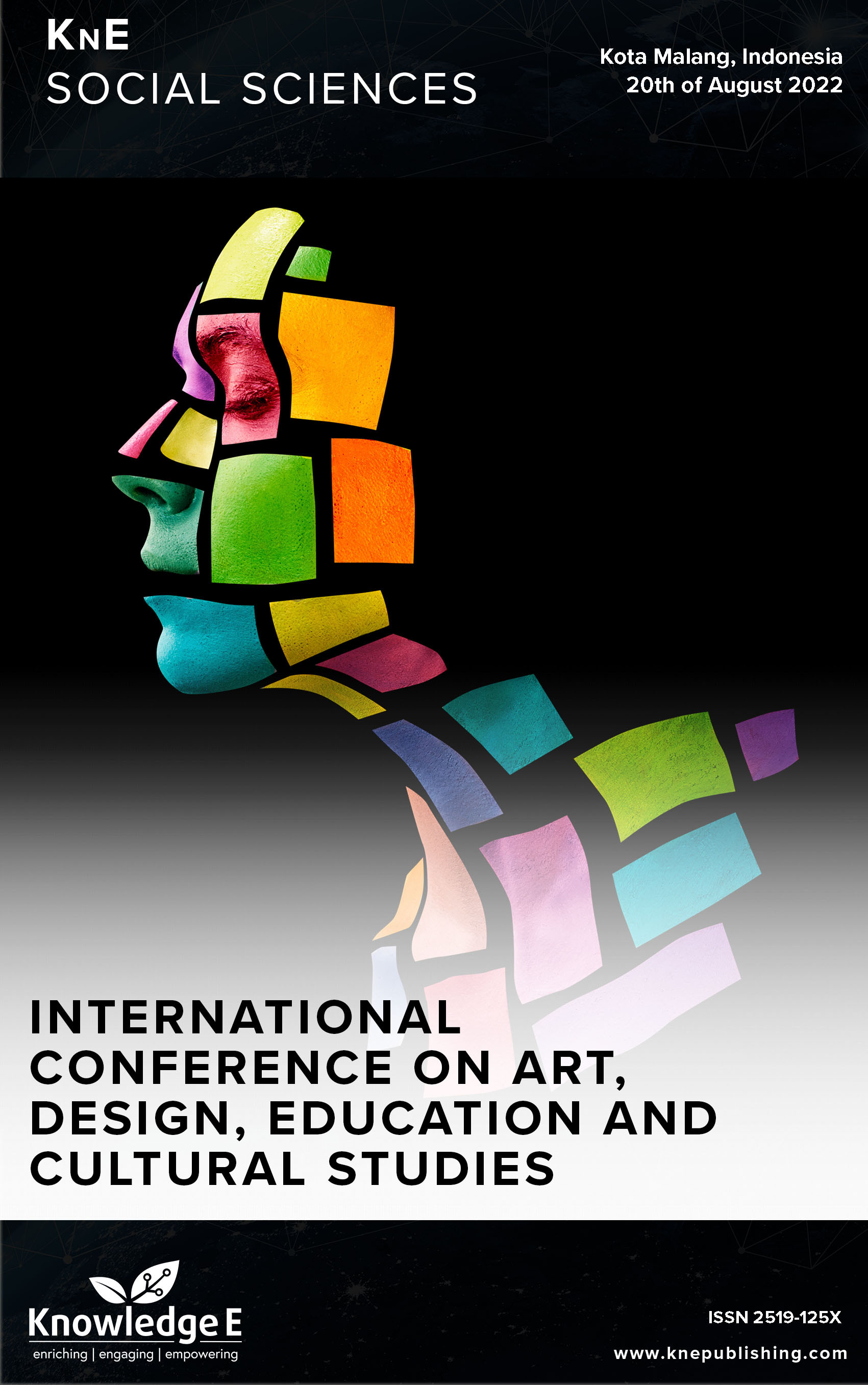Capital Commodification in the Field of Tarling Music Digitalization
DOI:
https://doi.org/10.18502/kss.v8i15.13945Abstract
Tarling’s method for creating Tarling music is evolving over time. The digitalization field observes the agents’ ways in production, distribution, and consumption of digital music files. Agents build their own habitus in employing their numerous capitals in the digitalization space. By combining the correlation of habitus and field theories of Bourdieu and Mosco’s perspective on commodification, this research is presented in a qualitative descriptive way with the research locus in the Cirebon region, West Java. The purpose of this research is to find out the commodification practice of Tarling’s music in the digitalization field, including the production, distribution and consumption sub-fields. As a result, commodification is carried out by producer agents, managers, and singers, who tend to be submissive and adaptive to the production structure built through the role of agents in their respective habitus. The production, distribution, and consumption of Tarling music tends to ignore the value of authenticity that the practice of commodification in the digitalization fields produces a pseudo-culture due to standardization and uniformity of form, in which Tarling music becomes a profit commodity.
Keywords: commodification, Tarling music, digitalization, Mosco, Bourdieu
References
[2] Bader S, Richter MM. Dangdut beyond the sex: Creating intercorporeal space through Nyawer encounters in West Java, Indonesia. Ethnomusicology Forum. 2014;2392):163-183.
[3] Baders S. Dancing bodies on stage, negotiating Nyawer encounters at Dangdut and Tarling Dangdut performances in West Java. Indones Malay World. 2011;39(115):333– 55.
[4] Boby O. The Music Produser’s Hand Book, Music Pro Guides. Hal Leonard Books introduction. 2000.
[5] Bourdieu P. The forms of capital. In: Richardson JG, editor. Handbook of Theory and Research for the Sociology of Education. New York: Greenwood Press; 1983. pp. 241–58.
[6] Bourdieu P. The logic of practice. R. Nice (Ed.). Bourdieu. Stanford University Press. 1990.
[7] Bourdieu P. Practical reason: On the theory of action. Polity Press. 153. 1998.
[8] Djamba YK, Neuman WL. Social research methods: Qualitative and quantitative approaches. Teach Sociology. 2002;30(3):380.
[9] Ellefson. Making music your business, Panduan Memasuki Bisnis Musik. Penerbit Gramedia Pustaka Utama. 2004.
[10] Jamie Sexto. Independent Intersections Indie Music Cultures and American Indie Cinema. In: King G, editor. Independent Intersections. 2016. p. 92.
[11] Kasim S. Budaya Dermayu: Nilai-Nilai Historis, Estetis, dan Transendental (S. Kasim (ed.)). Gapura Publishing.com. 2008.
[12] Le M, Choi HBS, Cho D, & Lee H. Can digital consumption boost physical consumption? The effect of online music streaming on record sales. Decision Support Systems, 135. 2012 Jun.
[13] Max Horkheimer (Noerr GS, editor). Theodor W. Adorno, G. S. N. Dialectic of enlightenment (cultural memory in the present). Stanford University Press; 2007.
[14] Mosco V. The political economy of communication. SAGE Publications India Pvt Ltd.; https://doi.org/10.4135/9781446279946
[15] Pepen Effendi MI. The incantation of semar smiles: A Tarling musical drama by Pepen Effendi. Asian Theatre Journal. 1999;16(2):139–93.
[16] Sumardiono N. Komodifikasi Fandom: Studi Pada Penggunaan Media Digital Fandom Boyband Bts di Indonesia. Komuniti: Jurnal Komunikasi Dan Teknologi Informasi. 2022;14(1):44–68.
[17] Susy Mathew P, Professor A. Case study: Impact of digitization on music industry in the recent times. International Journal of Management and Social Sciences ResearchXplore International Research Journal Consortium. 2013;2(9):2319–4421.
[18] Wilujeng S. Reorientation of the Indonesian cultural strategy in the global community based on national culture as identity. 2019:112–115. https://doi.org/10.4108/eai.13-8- 2019.2290209

